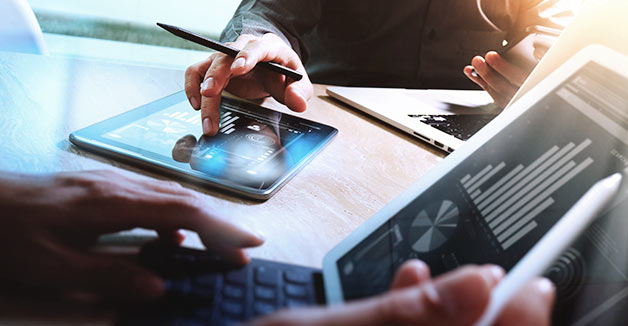Evaluating Learning
Use digital tools and resources to assess learner progress and achievement, and to respond to individual needs. Capture feedback on the effectiveness of a particular lesson, activity or a new digital tool or resource.

Assessing learning
Digital tools and resources can help assess proficiency levels, progress, and strengths and weaknesses. You can create tests and peer or self-assessment tasks with a simple wordprocessing tool or online quiz, or choose an assessment tool or virtual learning environment (VLE) that captures, stores and processes data to give you information about where learning has been successful (or not)! More sophisticated tools can provide data to help you develop individual learning plans more easily. You might also collect and use data from learners at key moments within a lesson to respond to immediate group and individual needs, or at key points within a course to adapt lessons to meet your learners' needs.
Learn how to use digital tools to create assessment tasks and analyse assessment data.
Evaluating lessons and materials
Feedback from learners can give you valuable information on how effective a lesson or activity has been. Why not use online surveys or polls to capture regular feedback from your learners? Analysing the results can help you to understand why some activities, approaches and digital tools work better than others, and take action to improve future lessons and materials. Mobile devices and apps also make it easier to record and share lessons to get a colleague’s feedback on how you use a particular tool or resource in class.
Learn about tools you can use to collect feedback on how you use digital tools and resources in lessons. Be confident and ask for feedback from your learners: What did you learn? Did you like the material/activity? How did the material/activity help you learn?
